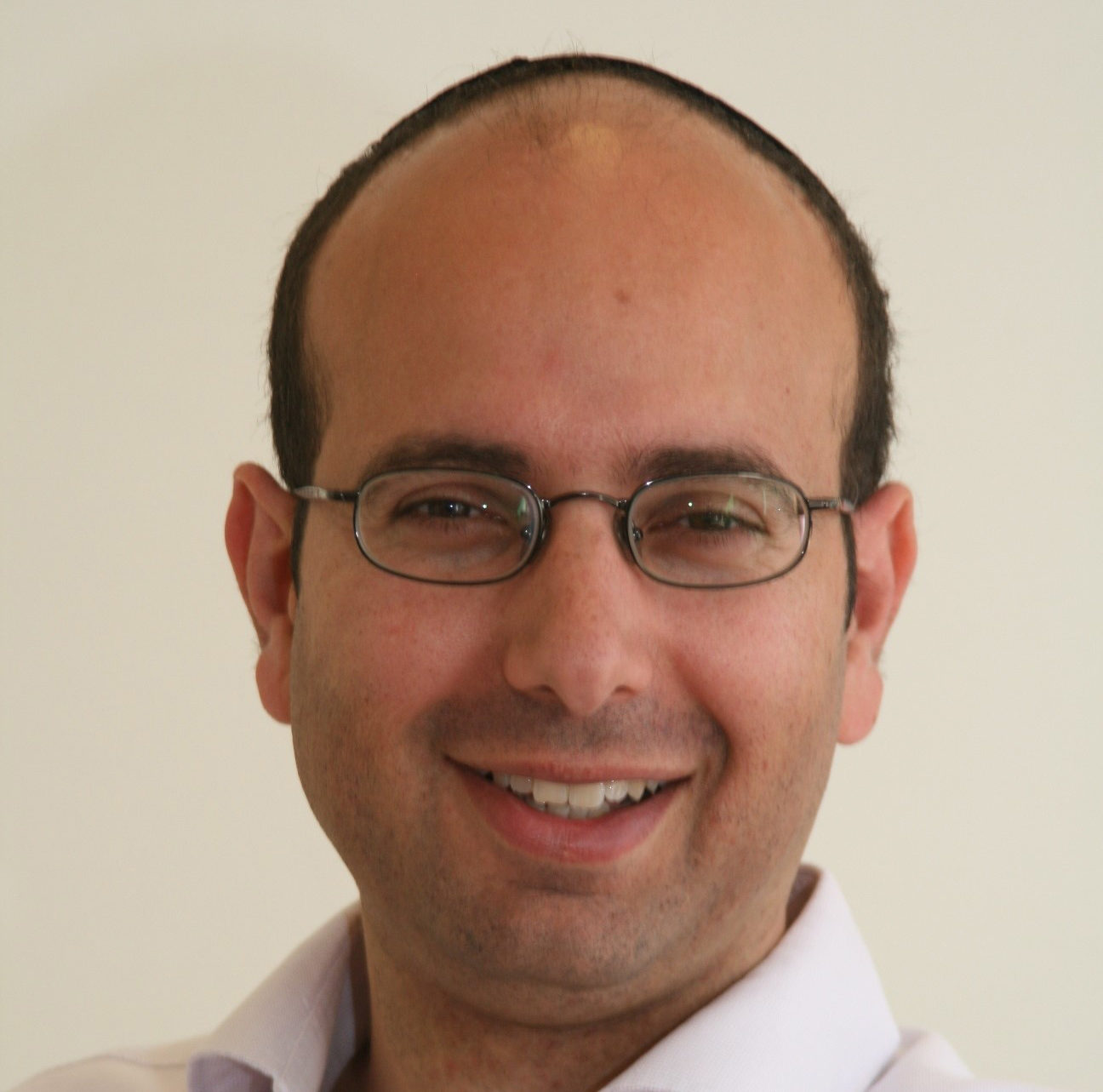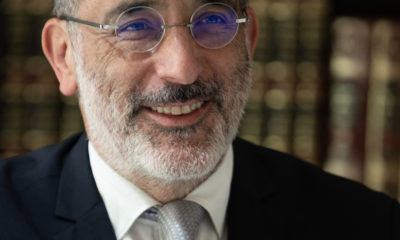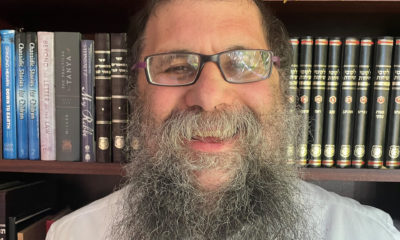
Religion

Breathing new life into an ancient Pesach ritual
Published
3 years agoon
As a child, the seder is about staying up really late, but for many adults, it’s about how quickly you can get to bed. Youthful wonder is gradually replaced by disenchanted parenthood, and every year it can get harder to be inspired by the same old story.
Trying something new can get dampened by the weight of family tradition – “we’ve always done it this way” – but I think we all want our home recital of the Haggadah to be a more memorable experience provided we don’t overly extend it.
Too much discussion invariably frustrates the one or two who constantly ask, “When are we going to eat?”
But all is not lost! Here are four (for Pesach, it has to be four) creative ideas to spice up your seder without overstretching it. They will take a little pre-Pesach preparation, but might be more satisfying than cleaning out yet another rarely used cupboard that never had chametz anywhere near it in the first place.
1. Have a sofa seder
Why sit at the dining room table for five hours while not dining? It gets uncomfortable, and children fidget then droop. So why not do your seder in the lounge, and then move to the table for the meal? Our family have had sofa seders for many years, and it has had a transformative effect. Pillows and throws ensure everyone is comfortable; side tables can be used to hold wine glasses and bottles; and your coffee table can become the centre-piece seder plate.
The Ma Nishtana ends with the words, “but on this night we recline”. The Talmud (Pesachim 108a) tells us that lying on your back is going too far, but surely a soft sofa is more in the spirit than an upright chair? Children (and adults) may drop off for a surreptitious nap and then re-engage later without disturbance.
Pesach is zman cherutainu (the moment of our freedom), and that freedom is symbolised by reclining. We are encouraged to ditch the formality of the dinner table and take a more relaxed approach, at ease with ourselves, comfortable with being Jewish.
2. Dip all night long
Early in the proceedings, we dip the karpas vegetable in saltwater and make the blessing. Following many rabbinic opinions, this tantalising little appetiser is all we eat until the matzah than opens the meal. However, some have the ancient custom of eating crudités, with a whole host of different tangy dips, throughout the reciting of the Haggadah, not so much to ruin your appetite for the meal, but enough to stop you yearning for it.
You could also give sweet treats to the children as a reward for a word-perfect Ma Nishtana, asking their own questions, or correctly answering some simple Pesach-related teasers you have thought up. Vegetables and sweets are foods that don’t require grace after meals (benching), so they are fine to eat before the meal, although it’s best to add the boreh nefashot (after-food blessing) if you do.
3. Create an Egyptian feel
“We were slaves to Par’oh [Pharaoh] in Egypt …” (Deuteronomy 6:21) quotes the Haggadah. But which Pharaoh and when? According to TC Mitchell’s The Bible in the British Museum, the “Hebrew Par’oh is derived from Egyptian ‘pr-’ [great house] which was used from at least the 14th century BC to refer to the king.” So the Torah uses the authentic Egyptian term and not just Melech Mitzrayim (King of Egypt).
Though some archaeologists question the historicity of the exodus, many are persuaded by a whole host of data that suggests that the Pharaoh who enslaved us was Sethos I, and that it was his son, Ramesses II (1290-1224 BCE), who wouldn’t let our people go.
For instance, there is the Stele of Merneptah, who was Ramesses II’s successor, now in the Cairo Museum, made up of a 28-line hieroglyphic text which concludes with the triumphant poem, “Plundered is the Canaan with every evil; carried off is Ashkelon; seized is Gezer… Israel is laid waste, his seed is not…” Canaan, Ashkelon, and Gezer are written with the determinatives for “land” whereas Israel has the determinative for “people”. In Exploring Exodus, Nachum Sarna writes that this is “the first mention of the people of Israel to be found in any extrabiblical source, and the only one, so far, to occur in any Egyptian text”.
So why not adorn your seder with Egyptian imagery? Pyramids, statues, ancient temples, maps, and hieroglyphics. Google Images will lead you to numerous online pictures which you could print. Essential is a bust of Ramesses II which, along with many other Bible-related treasures, is on the British Museum website.
Or you could create an “edible Egypt” scene as a feature on your table. Pat some charoset into pyramid shapes; palm trees of parsley or spring onions (bathe them in water and their ends will curl); and sand dunes of matzah meal or desiccated coconut.
All this isn’t to glorify ancient Egyptian culture, but to bring to life the story of the exodus and give realism and texture to your seder.
4. Let freedom talk lead to action
Why, asks Rabbi Lord Jonathan Sacks in his Haggadah, do we begin the night with the invitation, “This is the bread [matzah] of affliction … Let all that are hungry come and eat?” Matzah, he says, also symbolises freedom, and the matzah of affliction is transformed to the matzah of freedom only by “the willingness to share it with others. Sharing food is the first act through which slaves become free human beings. In reaching out to others, we bring freedom into the world.”
So let your discussion about freedom at the seder prompt action. Encourage everyone around the table to commit to doing some acts of tzedakah (charity) or chesed (kindness). Freedom is truly tasted only when we act upon it rather than just talk about it. Then the lessons of seder night really will take us beyond that night, to freedom for all.
- Rabbi Dr Raphael Zarum is dean of the London School of Jewish Studies. www.lsjs.ac.uk










